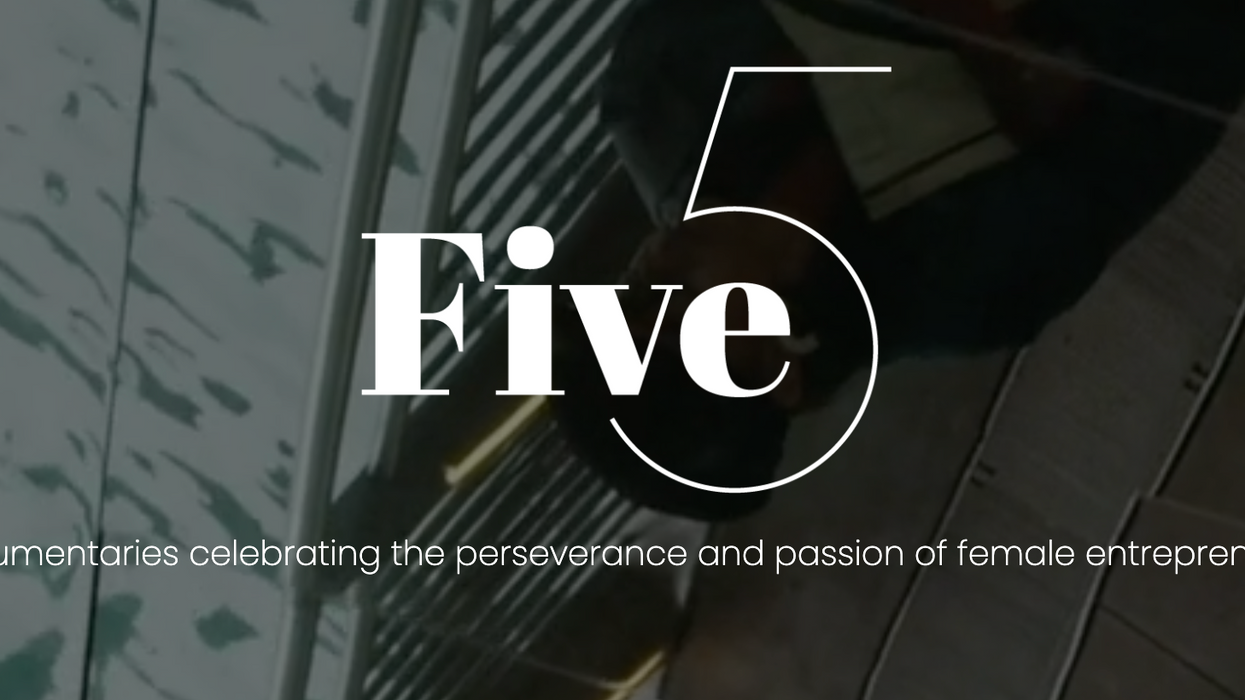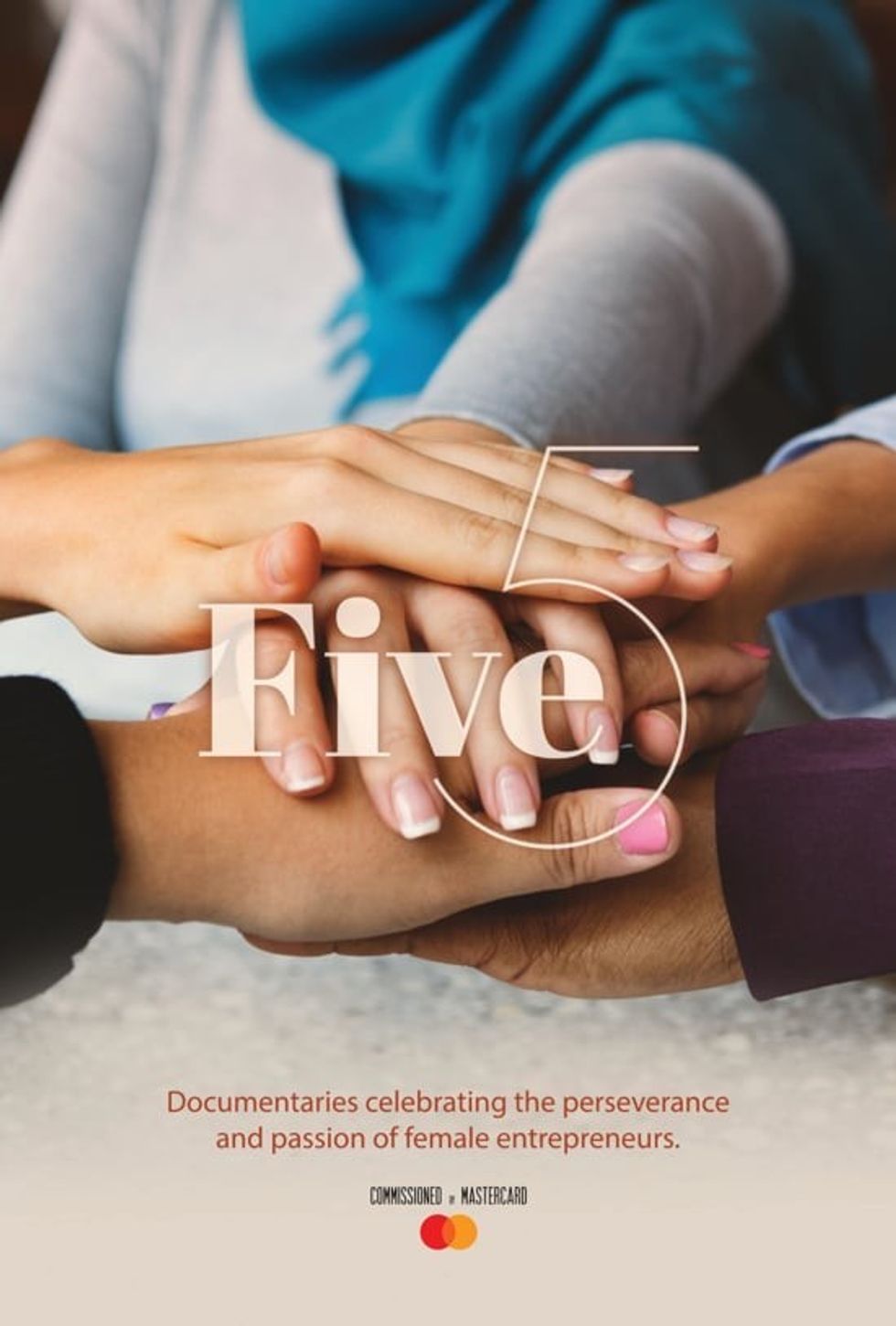Five Films, Five Women, and Five Pieces of Advice
What can we learn from MasterCard's celebration of women filmmakers and entrepreneurs?

In 1997, financial corporation MasterCard unveiled a new motto: “There are some things money can't buy. For everything else, there's MasterCard.”
Rolled out to the world through a commercial featuring a father/son baseball outing, the motto was meant to remind us that some things are #priceless.
The five films, HARFA, Justice of the Pies, Onganic Foods (not a typo), Sarah's Bag, and Talento Incluir, contain stories of purpose and commitment around the globe. MasterCard is aiming to assist 25 million women entrepreneurs with their businesses by 2025. The commissioned films of FIVE are a part of that goal.
So, how can one approach a commissioned documentary work? And, what can we learn from the filmmakers that collaborated with MasterCard? Continue on for five pieces of priceless advice (see what I did there?) from two of the female filmmakers commissioned to create work for FIVE.
First, an introduction.
Michelle Marrion, director of Justice of the Pies, is no stranger to tackling and supporting work that focuses on important stories, including child slavery in Haiti. Justice of the Pies shares the story of Maya-Camille Broussard, a mission-oriented baker working to support and provide nutrition education to children in Chicago.
Renata Sette brought a combination of skills from storytelling and advertising to her film, Talento Incluir. This MasterCard short film follows Carolina Ignarra as she works with managers to combat disability discrimination and to create inclusive workplaces.
And now, on to the advice!
1. Be open to serendipity.
Sometimes, the meaningful opportunities come by chance. Being open to them can jumpstart your creative trajectory.
“Things come to you when you’re supposed to learn that lesson,” Marrion says. Finding your people can also help serendipitous moments occur.
“Find community. Find your folks. Find your tribe, and things will come up,” Marrion says.
2. Want intimate and meaningful shots? Develop trust with your subjects.
In the realm of documentary film, setting up your cameras and utilizing your technological prowess is only half of it. To move your audience, to tell the story intimately, to breathe and share space with your subjects, you have to develop trust with your subject. It’s not as simple as turning the camera on; you have to know their story and listen for more.
"I think you have to know the story of this person. And why is he or she the subject of the documentary?" says Sette. "I think you have to look the person in the eye, you have to look to talk eye to eye and you have to be very truthful. You have to be a good listener.”
And while you definitely need to do your homework, don't disclose everything you know right away.
"You have to do your own research and find as much as you can about this subject but when you talk to the subject... you don't reveal that you did your research,” Sette says.
Marrion's trust with her subject and their family allowed her to be a "fly on the wall" in Maya-Camille Broussard's world and capture conversations and scenes that truly displayed Maya's work, family, and life.
3. Remember that your films can create opportunities for others.
Tackling documentary subjects like food insecurity and inclusivity certainly create opportunities for an impact. But the production of the film itself can also create opportunities, whether by developing inclusive spaces or bringing in women creators.
For example, Maya-Camille Broussard is partially deaf, requiring Marrion and her crew to work to ensure clarity.
Sette views filmmaking as a way to create more opportunities.
“We need to create equal opportunities for them to come to the movie industry, because it's already hard just to make a movie for everybody. It's hard enough so we as a society should create more opportunities for everybody," Sette says.
4. The city can be a character.
While we consider traditional subjects to be the humans we are filming, the cities and places we film in turn into characters as well. In Justice of the Pies, Marrion focuses on Chicago as a character, incorporating the light, feel, and energy of the city into her work by filming the city's elements and setting up interviews on high floors in front of windows that displayed the Chicago cityscape.
5. Remember your documentary can inspire change in your audience
As one heads into a social issue-oriented documentary film, they likely have goals for what the audience should do or reconsider or think about as they walk away from the film. The MasterCard FIVE films are no different. With Talento Incluir, Sette carries a few specific goals for her audience.
“I hope that after people see the film they will look differently at who they consider to be different people with deficiencies and that they can see that they can be very talented and they can make a huge difference in their companies," Sette says.
All of the films can be watched on Vimeo and on-demand on multiple platforms.
For more information about the program and the films, head to fivefilmsmc.com.














